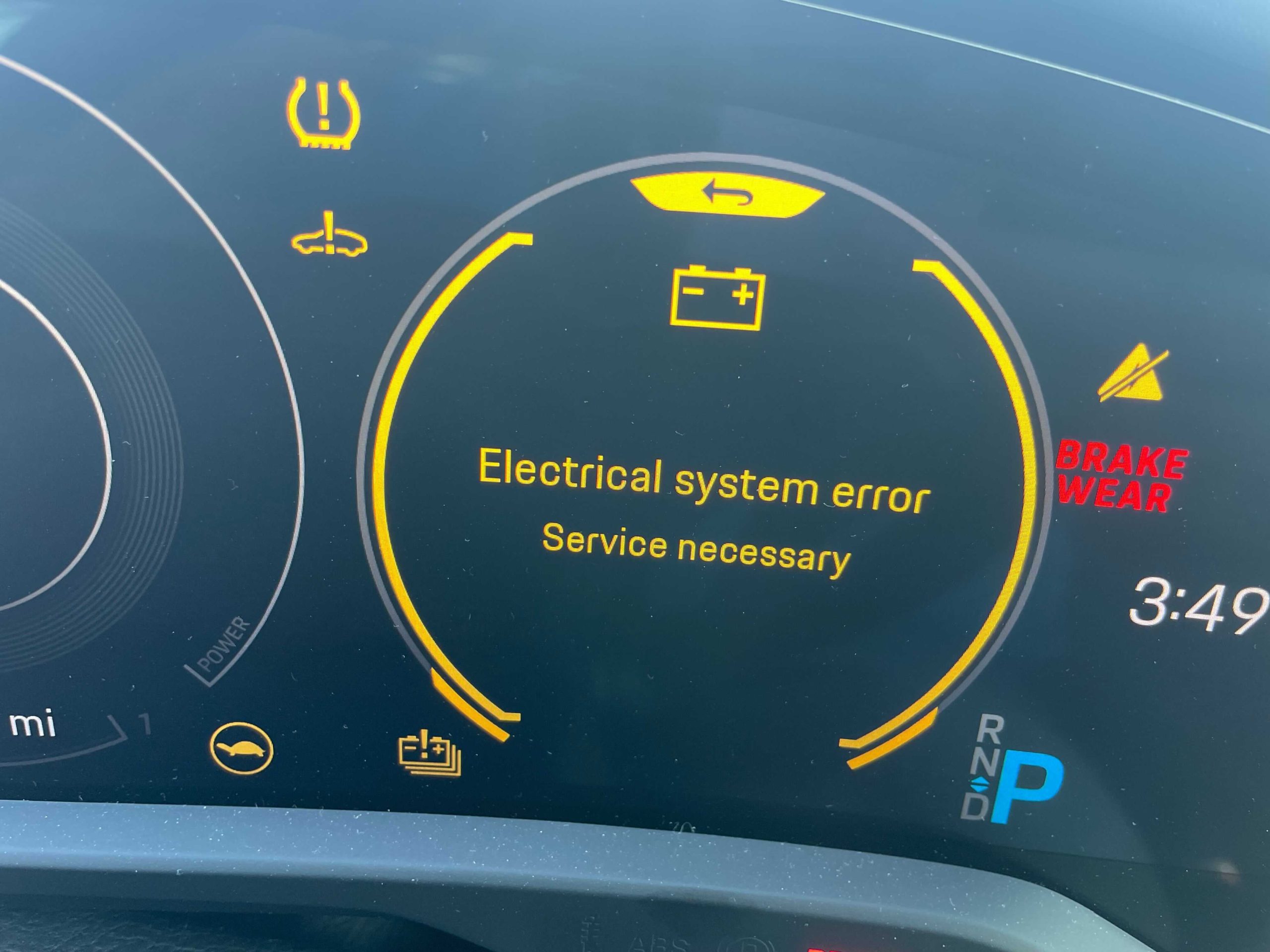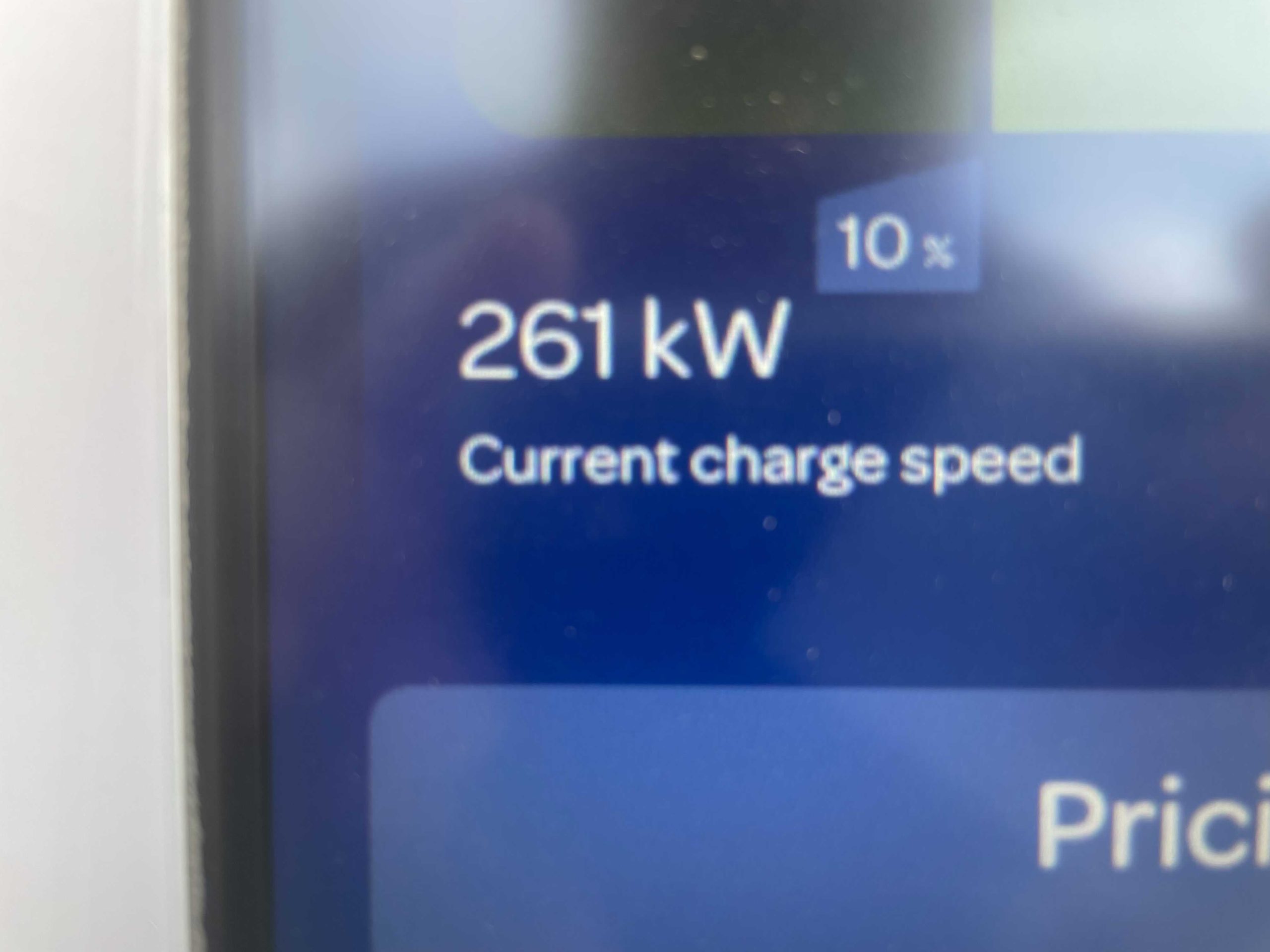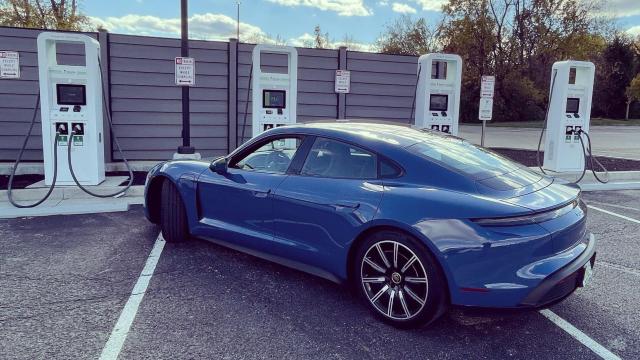If you had asked me last year what per cent of the United States was currently ready for EV adoption, I’d probably have answered 30-ish. As it sits right now, after going to a 10-day cross-country EV driving competition late last year, I’m not sure it’s even that high. I was hoping that I would be able to prove on this trip that EV infrastructure is robust and ready for interstate travel, and that range anxiety is a thing of the past. Unfortunately, I’m more discouraged now than ever.
Electrify America exists as government mandated penance for Volkswagen’s diesel cheating scandal. Without it, the state of non-Tesla charging would be extremely bleak. With this network of chargers in place, however, CCS infrastructure has bloomed up along interstate routes for the last few years in a rapid fashion. Having used them for most of this trip across the country, I can say that we can do no better than drop the “extremely” but it’s still pretty bleak.

At best the charging network in the US works 90 per cent of the time. At least one of every ten machines I plug into needs to be reset, delivers an extremely slow charge, or in one case turned our borrowed Porsche into a very expensive and very heavy paper weight for several hours. Thankfully there is a pretty big stipend in the recently-passed infrastructure bill that is earmarked for building out more charging infrastructure. How should that money be spent?
More stations
One charging station every 100-150 miles along major interstate routes is wholly unacceptable. Without more choices of where to charge, EV drivers are restricted to high-traffic routes, which is more or less fine until you run into a busted charger. If your car has 322 km of range, you’re pretty much stopping at every charger to fill up. If any of those chargers are slow or won’t connect or provide a corrupted data packet to your car’s charger port, you’re hella boned.
Sections of Indiana and Colorado have been the worst of the trip thus far. Following the chargers means going several miles out of your way to get juice. For example, there are no public DC Fast chargers in a fairly large city like Ft. Wayne, Indiana, so we had to divert south through Ohio to Dayton in order to catch a charge to get to Indianapolis. In Colorado things got even more bleak, as the fastest chargers along our route were 125 kW stations, but they’re “shared” stations. If two cars are plugged in at the same time at the same location, it’ll split that 125 kW between them. And it won’t do it evenly, either. As we found out, second to get to the charger received around 30 kW and the first car to the station got 70-ish. We couldn’t account for the other 25.

Better chargers
Building a massive sprawling web of fast chargers doesn’t do anything if they’re built as cheaply as possible and run on easily hacked Windows systems. And it is especially frustrating when, in the case of the Taycan, we plug into dozens of chargers advertised at 350 kW and fail to even pull 100 kW. Just last night in Flagstaff, Arizona I clocked the fastest charge rate I’ve seen over the last eight days. 261 kW is nice when you’re used to between 30 and 150, but it’s well shy of what the Taycan can accept and what the machine says it can deliver.

More individual chargers per station
Below is a picture of a station in the middle of Kansas. This is the one that bricked our car for three hours, which is frustrating. Even more frustrating, however, is that the two 150 kW chargers on either end were only delivering speeds around 30 kW. Of the two 350 stations in the middle, one was delivering high voltage errors and the other was pumping out around 80 kW.
If/when all four of these units are fixed, there is still the issue of station congestion. Four posts is barely enough to manage EV traffic as it stands right now. Any kind of growth and this station will be overloaded in rapid fashion. Instead of popping up the bare minimum of stations, we need to be pushing for futureproofing that infrastructure.

Electric cars are awesome, and I remain excited for the future of EVs, but we need to do something in quick order to make traversing the country not only possible, but convenient and reliable. Right now I can leave Los Angeles in a gas or diesel vehicle and be able to tell you pretty reliably within 10 per cent or so what time I will arrive in New York City. In an electric car, that spread could be more like 50 per cent. We, as a country, need to focus on narrowing that gap between expected and actual.
This article has been updated since publication.
